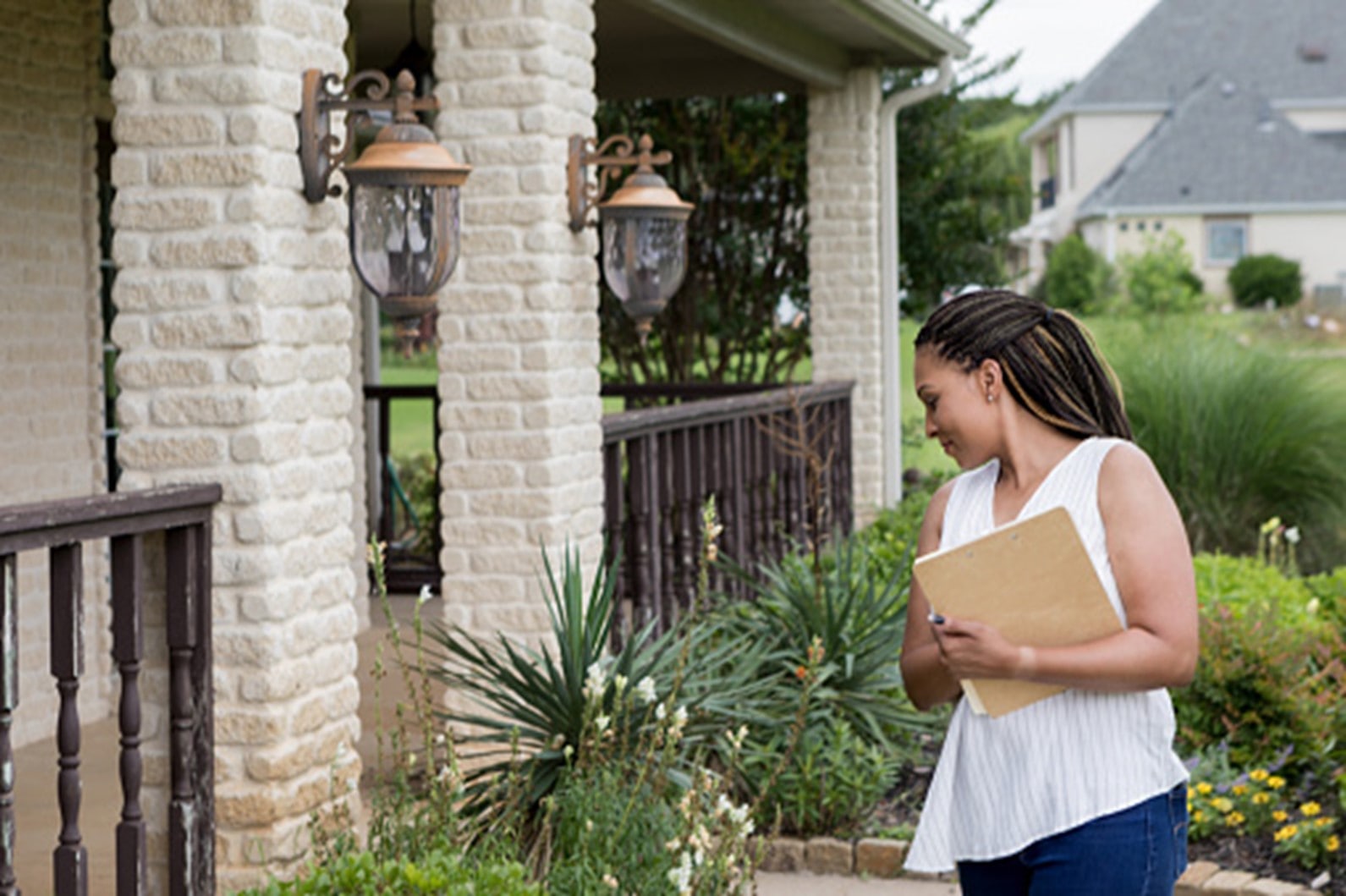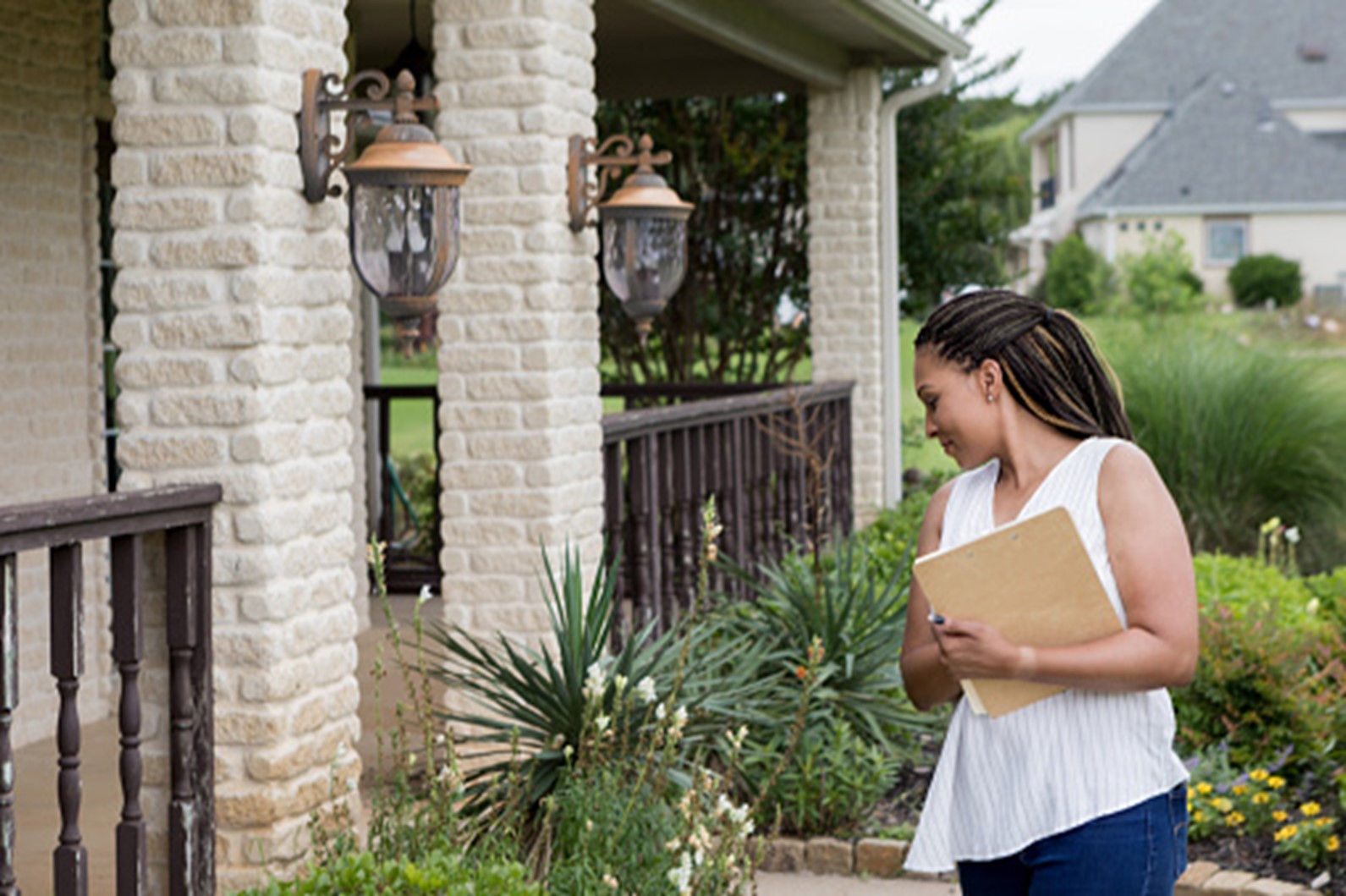
The standard terms of a residential Real Estate Institute of Queensland (REIQ) contract allow a buyer to enter the property once before settlement to inspect it. The inspection is a useful tool for the Buyer to inspect the property and ensure that it is in a satisfactory condition before settlement.
REIQ contracts provide that the property is at the buyer’s risk from 5:00 pm on the first business day after the contract date. The contract also includes a provision for the seller to use the property reasonably until settlement and not to do anything that will result in later expense to the buyer.
This means that sellers are liable for any damage, excluding fair wear and tear, to the property until the settlement of the contract. The benefit of a pre-settlement inspection is that buyers can inspect the property to ensure that sellers have not deliberately damaged the property where the damage could result in an expense to buyers.
As buyers can only conduct one pre-settlement inspection of the property, it is important that buyers be mindful of when they should arrange their pre-settlement inspection. It is recommended buyers aim to conduct their pre-settlement inspection as close as they can to the settlement date and no later than the morning of the settlement date. This allows less margin of error for new defects to arise between the inspection and the settlement.
4 things to check – What to look out for in a pre-settlement inspection
Buyers should look for the following when completing their inspection:
- Damage to the Property
Unfortunately, damage to the property can arise when sellers are removing their furniture from it or if an unforeseen event occurs while the sellers no longer occupy the property. Buyer should not only look for obvious signs of damage like a burst water pipe but should also look for new dents in walls and new scuff marks or scratches on the floor.
If a new damage has been found in the pre-settlement inspection, buyers may find it helpful to take pictures of the damages to forward to the seller’s solicitors. - Repairs agreed between the parties
If the buyers and sellers had agreed that the seller would undertake repairs on the property during the course of the contract, buyers should check the repairs have been made as requested. - Excluded Fixtures and Included Chattels
A contract may provide for items in the property that were agreed to be included in the purchase of the property or items that were fixed to the property during the contract but had been agreed to be removed.
Buyers should ensure that any items agreed to be included in the purchase of the property are still inside the property and are in functioning order. Included chattels are considered to be part of the purchase price under the contract so it is important they are actually working.
Similarly, buyers should check that items that were to be excluded from the purchase of the property have been removed. - Waste
It is possible that when inspecting a property, buyers notice garbage around the inside or outside of the property. As buyers were not in ownership of the property at the time the waste was left on the property, buyers are within their rights to request the seller to remove the waste from the property before after settlement.
What to do when there are defects arising from your inspection
Unfortunately, pre-settlement inspections can present defects in the property that were not there when buyers entered into the purchase contracts. As soon as buyers become aware of any new defects, they should advise their conveyancer immediately to contact the seller about the issues arising from the pre-settlement inspection.
Buyers have the option of asking the seller to:
- return items that were to be included in the contract,
- reduce the purchase price for the items that were to be included in the contract, but have been removed from the property;
- rectify any damages to the property before settlement;
- organise the removal of waste in the property before settlement;
- pay the buyer by way of a settlement adjustment in their favour so they may arrange for rectification of the damages / removal of the waste after settlement; or
- withhold some of the settlement monies to account for the rectification of damages / removal of waste until the seller has attend to those matters.
Parties should aim to reach an agreement before settlement and therefore buyers must advise of defects before the settlement is due to occur. This will allow the buyer’s conveyancer time to negotiate with the seller’s solicitor to rectify the issues. Once the settlement is effected, the property will be the buyer’s responsibility and any issues not already notified to the seller will no longer be the seller’s liability.
If you have any questions or require assistance with a conveyancing matter in Queensland, please contact the property team at NB Lawyers for more information.
Written by
Kayleigh Swift, Associate
NB Lawyers – Lawyers for Employers
[email protected]
(07) 3876 5111

AND
Chloe Skubis, Graduate Law Clerk
NB Lawyers – Lawyers for Employers
[email protected]
(07) 3876 5111

About the authors
Kayleigh Swift is an associate in our Commercial and Property team who assists with Employment Law matters. With a high level of experience in commercial and retail leasing, voluntary and involuntary purchase and sale acquisitions, property development and employee relations, Kayleigh provides practical advice to ensure smooth business transactions.
Chloe Skubis is a Graduate Law Clerk in our Property team who assists with various conveyancing transactions. Chloe is very experienced in residential conveyancing and is a problem solver. She always provides efficient service to all her clients.

